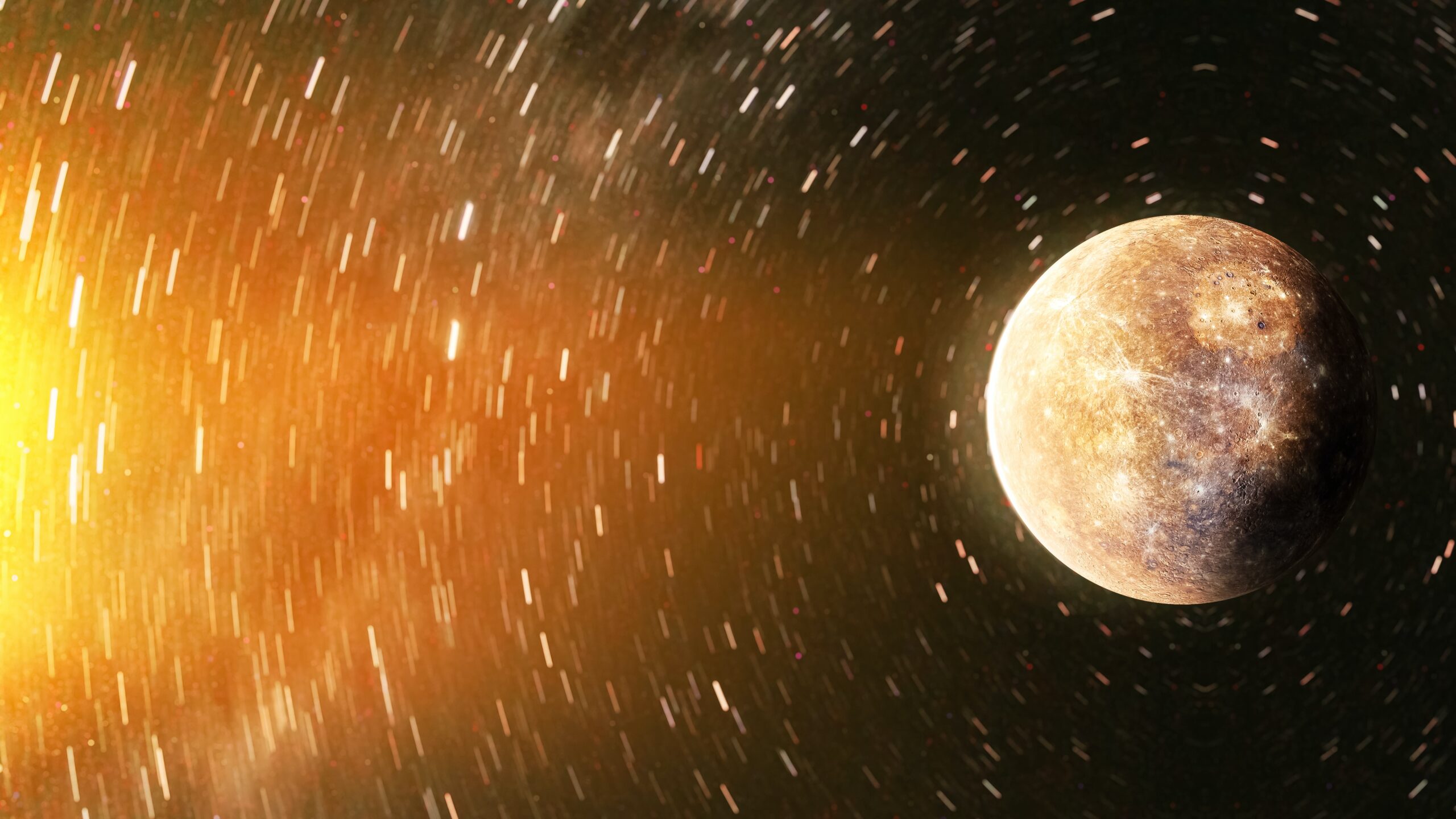As we approach the new year, many of us look forward to the celestial events that await us. Among these, the moon phases stand out, charting a path of wonder and guidance through the months. Whether you’re an astronomy enthusiast, a nature lover, or someone interested in understanding how celestial phenomena impact our lives, following the lunar phases can provide a unique perspective.
In this blog, I will take a journey through the moon phases of 2024, offering insights into what each phase represents and highlighting some key dates to mark in your calendar.
Understanding Moon Phases
Before delving into the specific dates and phases, it’s essential to understand what moon phases are. The lunar phases refer to the shape of the illuminated portion of the Moon as seen from Earth. This cycle is driven by the Moon’s orbit around the Earth and repeats approximately every 29.5 days. The main phases include:
- New Moon: The Moon is between Earth and the Sun, and its dark side faces Earth.
- Waxing Crescent: A sliver of the Moon starts to be illuminated.
- First Quarter: Half of the Moon is illuminated and visible.
- Waxing Gibbous: More than half of the Moon is illuminated, growing toward full.
- Full Moon: The entire face of the Moon is illuminated by the Sun.
- Waning Gibbous: The Moon begins to lose its illumination.
- Last Quarter: Again, half of the Moon is illuminated but decreasing.
- Waning Crescent: Only a small sliver is illuminated before returning to the New Moon.
In my Moon Phase Yin Yoga E-book you will learn more about the moon phases with practices for each moon phase. You can also order the Journal version on Amazon.
Moon Phases in 2024
January
- New Moon: January 11
- Full Moon: January 25 (also known as the Wolf Moon)
February
- New Moon: February 9
- Full Moon: February 24
March
- New Moon: March 10
- Full Moon: March 26
April
- New Moon: April 8
- Full Moon: April 25
May
- New Moon: May 9
- Full Moon: May 24
June
- New Moon: June 7
- Full Moon: June 22
July
- New Moon: July 6
- Full Moon: July 22
August
- New Moon: August 4
- Full Moon: August 20
September
- New Moon: September 2
- Full Moon: September 18
October
- New Moon: October 2
- Full Moon: October 17
November
- New Moon: November 1
- Full Moon: November 15
December
- New Moon: December 1
- Full Moon: December 15
Significance of the Phases
Each moon phase can have different astronomical and cultural significances:
- New Moon: Often seen as a time for new beginnings, setting intentions, and starting new projects.
- First Quarter: Represents challenges and decision-making.
- Full Moon: Symbolizes completion, illumination, and heightened emotions. It’s a time of celebration and growth.
- Last Quarter: A period for reflection, introspection, and letting go of what’s no longer needed.
Lunar Eclipses of 2024
Eclipses are special events that add an extra layer of significance to the lunar phases. In 2024, we will have two lunar eclipses:
- Partial Lunar Eclipse: March 25
- Total Lunar Eclipse: September 18
Harnessing Lunar Energy in Your Life
Integrating the lunar phases into your daily life can be incredibly enriching. Here are some tips:
- Set Intentions During the New Moon: Harness the new beginnings energy to set clear goals and intentions.
- Evaluate at the First Quarter Moon: Reflect on the progress and make necessary adjustments or decisions.
- Celebrate and Release During the Full Moon: Appreciate your achievements, celebrate progress, and let go of any emotional or physical clutter.
- Reflect During the Last Quarter: Use this time for introspection and preparing for the next lunar cycle.
Final Thoughts
Following the lunar phases of 2024 can provide a rhythm to your life, connecting you to the natural cycles of the Universe. Whether for scientific observation, relaxation, or spiritual practice, the Moon offers us a nightly reminder of the beauty and mystery of the cosmos.
So, pause, look up, and enjoy the celestial dance of the Moon. Happy stargazing!




